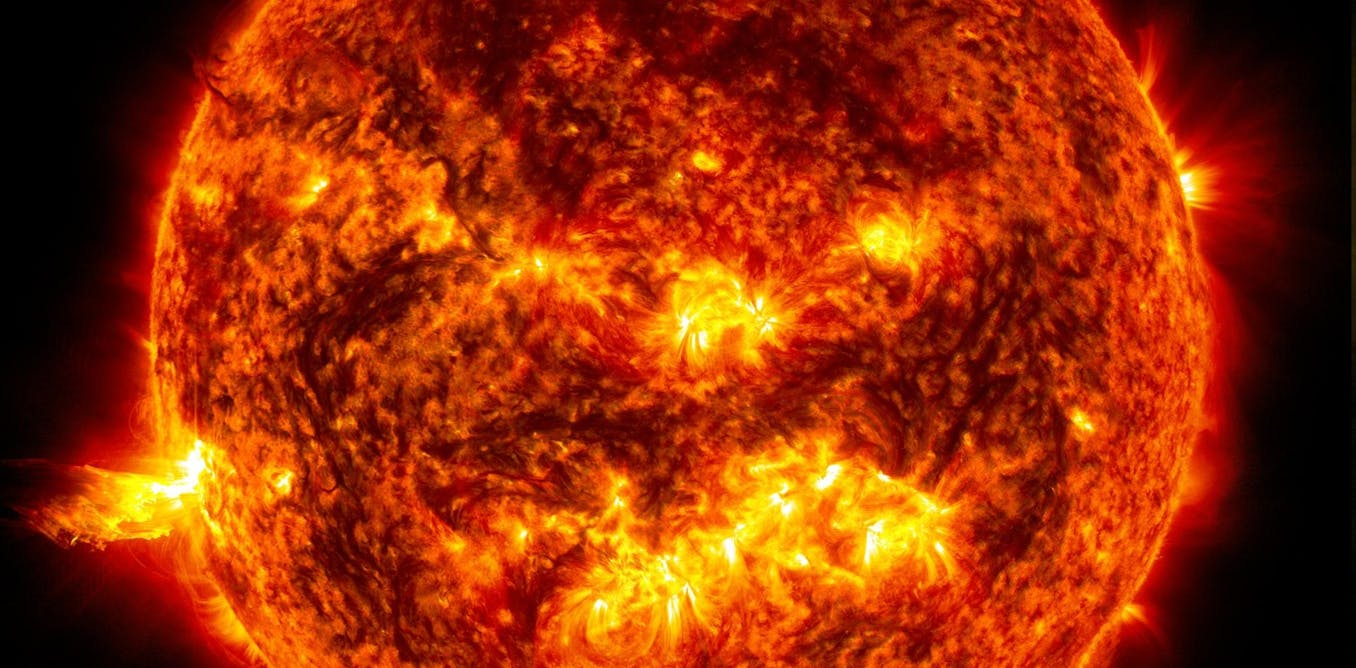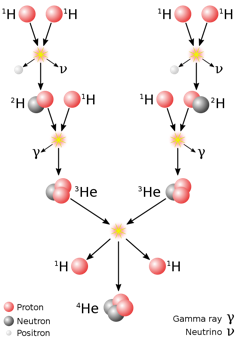How does the Sun burn if there is no oxygen in outer space?


This article is part of the section Conversation Junior, in which specialists from major universities and research centers answer questions from inquisitive young people aged 12 to 16 years. You can send your questions to tcesjunior@theconversation.com
Question from Mateo, 15 years old. IES Zaidin Vergeles (Granada).

Wikimedia Commons, CC BY
The same question was asked by great scientists of the past. One could phrase it differently: where does the Sun get its energy?
Thus, the British physicist and mathematician William Thomson, who became sir -Lord Kelvin, wrote a series of articles on this topic around 1862. Thomson realized that our star’s energy could not come from combustion, a chemical reaction in which matter (fuel) combines with oxygen to form a new compound, releasing light and heat.
For example, if the Sun were made of carbon, it would be consumed in just 5,000 years, which is a “sigh” in astronomical terms.
Bills don’t come out
The count is relatively simple: the Earth receives more than a thousand watts per square meter from the Sun. The total energy provided by the star is equal to this amount multiplied by the area of a sphere with a radius equivalent to the Earth’s orbit, about 150 million kilometers.
Let’s now imagine that the Sun is made of burning coal. This fuel provides about 26 million joules – an international unit of energy – per kilogram. Therefore, the star would burn approximately 14×10¹⁸ (that is, 14 followed by 18 zeros) kilograms per second. Since the Sun’s mass is about 2×10³⁰ kg, the carbon will be used up in those short 5000 years.
The conclusion is that combustion cannot be a source of solar energy. And it doesn’t matter whether we’re talking about coal or some other fuel: we would get a value that would be slightly higher or slightly lower, but the order of magnitude would be the same.
Moreover, we can rule out any chemical reaction as a source of light and heat reaching the Earth, since the energies provided by these reactions amount to no more than 100 million joules per kilogram of reactant. Accounts don’t work.
Lord Kelvin (wrong) about the age of the Sun and put Darwin under control
Ultimately, the most straightforward answer to this question is that the Sun does not need oxygen to produce energy since it is not produced by combustion or any other chemical reaction.
Thomson and other scientists of the time considered other possibilities. For example, the energy came from the continuous fall of meteorites onto the surface of our star. But the number of meteorites needed to generate all the heat they generated was inconsistent with observations.
Having ruled out this mechanism, Thomson leaned toward the hypothesis that his German colleague Hermann von Helmholtz had already proposed: that the Sun would contract due to its own gravity, and friction would generate the necessary heat.
Based on this idea, Thomson calculated that the star would have enough energy to shine for about 20 million years. These figures contradicted the age geologists estimated for the Earth, which was much older. And they also disproved Charles Darwin’s theory, which Kelvin opposed, since 20 million years did not seem long enough for species to evolve. The differences were resolved much later.
Riddle solved: the energy emitted by the Sun is of nuclear origin
So where does the Sun get the energy it throws out? When French physicist Henri Becquerel discovered radioactivity (the emission of subatomic particles from an atomic nucleus) in 1903, a new possibility arose: nuclear energy. But it took several decades to unravel the laws of nuclear physics.
Today we know that the sun’s energy is produced through nuclear fusion. Specifically, when four nuclei of hydrogen atoms (protons) combine to form the nucleus of another element: helium. The process also produces two subatomic particles called positrons and neutrinos, as well as an energy of 26.73 MeV (MeV is a megaelectronvolt, a unit of measurement used in nuclear power).

Sarang / Wikimedia Commons, CC BY
However, this reaction does not occur in one step, since the simultaneous collision of four protons is extremely unlikely. Physicists Hans Bethe and Karl von Weizsäcker independently studied this problem around 1938 and found that it happened in stages through two mechanisms: the proton-proton cycle and the carbon-nitrogen-oxygen cycle. The former is what allows the Sun to shine, and the latter is what predominates in stars more massive than it.
The energy involved in a nuclear reaction, such as the fusion of hydrogen to form helium, is a million times greater than the energy of a chemical reaction, and is enough to keep the Sun lighting up the sky for an unimaginable amount of time. Today it is estimated that the star that gives us light and warmth is about 4.6 billion years old, and will continue to shine for several billion more years.

The interactive museum Parque de las Ciencias de Andalucía collaborates with The Conversation Júnior.